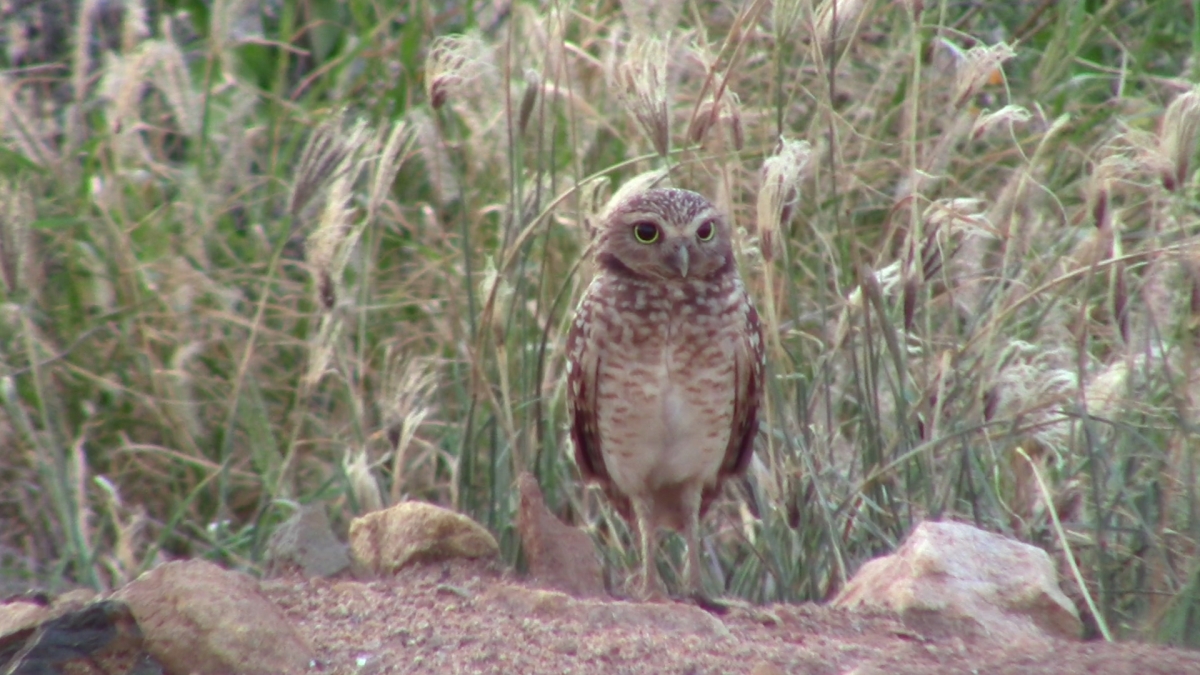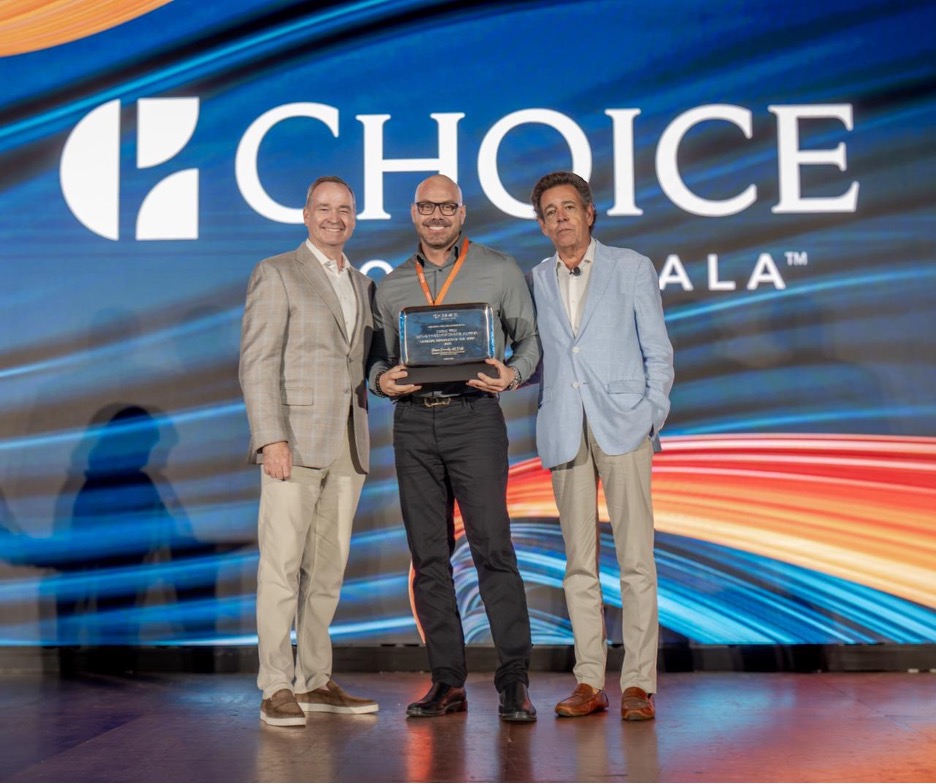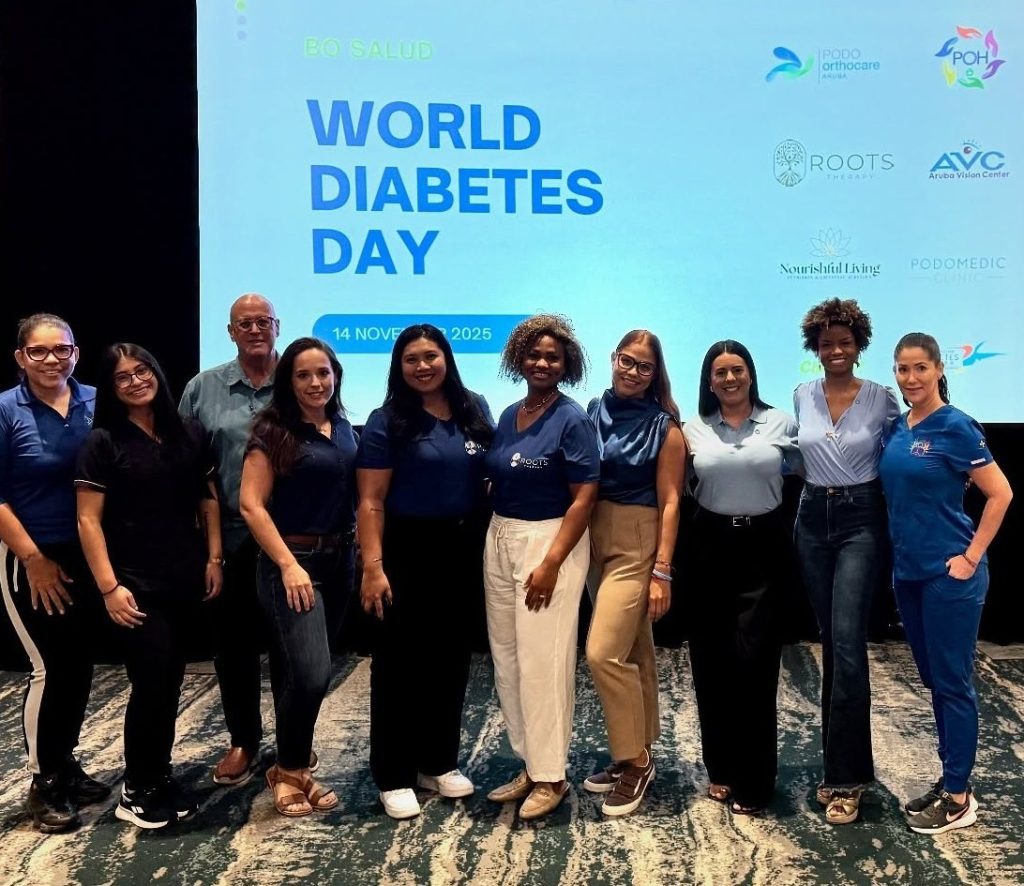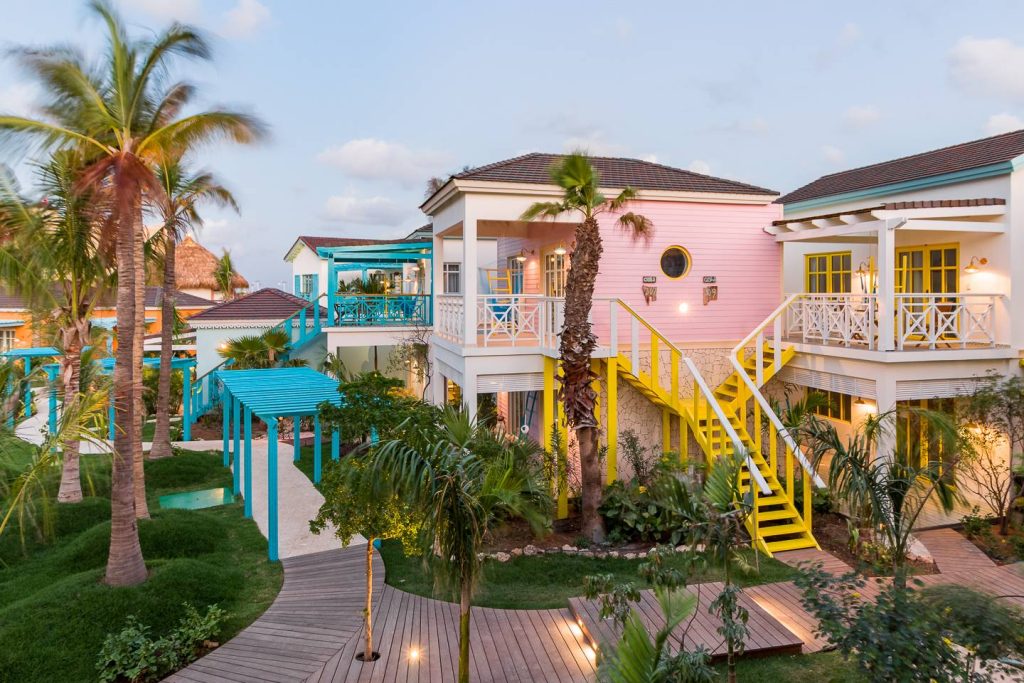As a leading travel destination website and resource for Aruba, our mission is not only to inform our visitors of all there is to do and see in Aruba, but also to bring awareness to exploring and touring our island responsibly.
Respecting our island’s flora and fauna is crucial to ensure Aruba’s nature can keep on flourishing. With the island’s rising development and urbanization, nature and wildlife face many threats and challenges.
In light of this, we’ve teamed up with Fundacion Parke Nacional Aruba (FPNA), Aruba’s primary nature conservation and management organization, for the first video of our new Flora and Fauna series. It recently launched on VisitAruba’s YouTube channel. Together we are placing a spotlight on our island’s national symbol, Aruba’s burrowing owl, the Shoco.
The purpose of this video is to spread awareness and educate our island’s visitors and locals on how to help protect this endemic subspecies of Aruba. To convey this important message, we interviewed Giancarlo Nunes, Research & Conservation Manager of Fundacion Parke Nacional Aruba (FPNA).
Throughout the interview, he shed light on many interesting facts related to the Shoco’s physical characteristics, behavior, diet, lifespan, and more. He also further explains their top threats, which include lack of viable nesting areas due to construction and urbanization on the island, being indirectly poisoned by the food they eat due to humans poisoning critters and insects with pesticides, and their top predators (dogs, cats and boas).
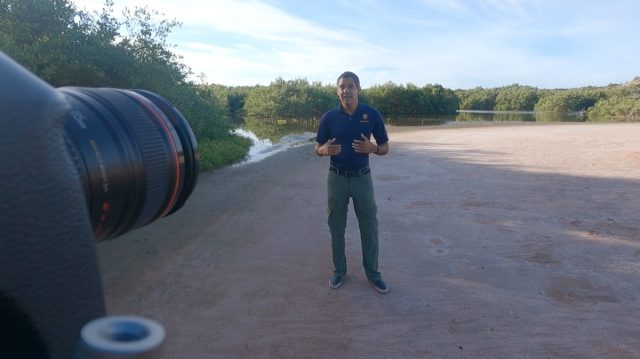
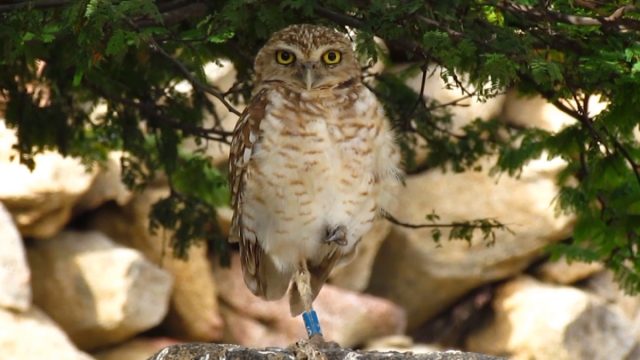
Along with continued research and monitoring of our island’s Shoco, FPNA together with the Aruba Birdlife Conservation and the Global Owl Project, started a Shoco Conservation Program. This program focuses on creating, protecting and monitoring artificial nests across the island.
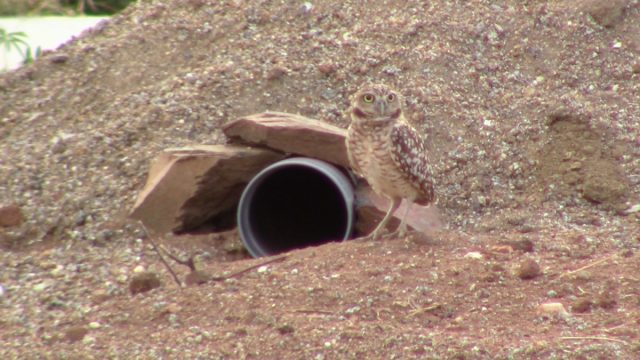
When visiting and exploring Aruba, please be mindful of the island’s nature and your surroundings, particularly our island’s protected areas, such as the sand dunes by the California Lighthouse, Aruba’s National Park and the Spaans Lagoen. Be part of the solution by always driving on marked paths and roads to avoid destroying flora and fauna.
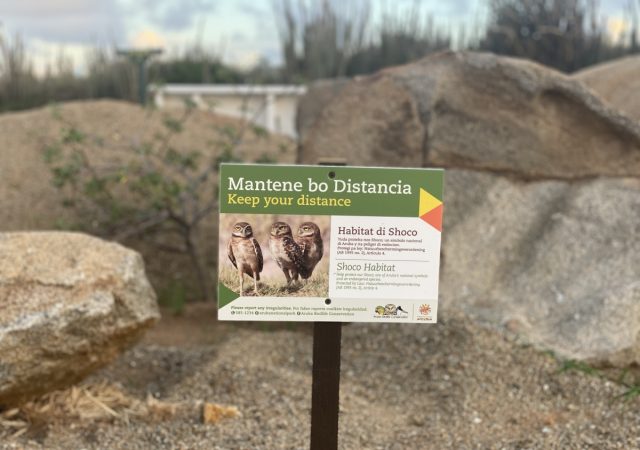
For information and to learn more about Aruba’s Shoco contact Fundacion Parke Nacional Aruba or Aruba Birdlife Conservation.
If you are visiting the island, don’t forget to purchase a pass for Aruba’s National Park so that you can explore our island’s beautiful flora and fauna.

